Key Points
- Read to the end for an OPSGROUP Team report from a recent flight over Afghanistan.
- Afghanistan’s procedural Notams for overflights have been re-issued: the entire airspace remains uncontrolled.
- The US FAA has amended its airspace warning for the OAKX/Kabul FIR: US operators are still permitted to overfly at FL320 or above but they can now use airways P500/G500 in the far east of the airspace as low as FL300.
- For the large volume of traffic now using Afghanistan as an air corridor connecting Europe, the Middle East and Asia, we figured it was time for an update on what to expect, and the risks aircraft are taking to use it.
A Little Background
For all intents and purposes, the security situation and the safety of the airspace above has not changed since the Taliban re-assumed control of the country in late September 2021.
What has changed is the normalisation of risk – as more traffic (including major carriers) has been using the airspace without incident, it is important to remember these two facts when considering an overflight (along with your own appetite for risk):
- The entire FIR is uncontrolled.
- There is no guarantee of crew or passenger safety if you have to land.
With these factors in mind, here is a brief refresher on what you need to know if you do choose to go ahead and overfly.
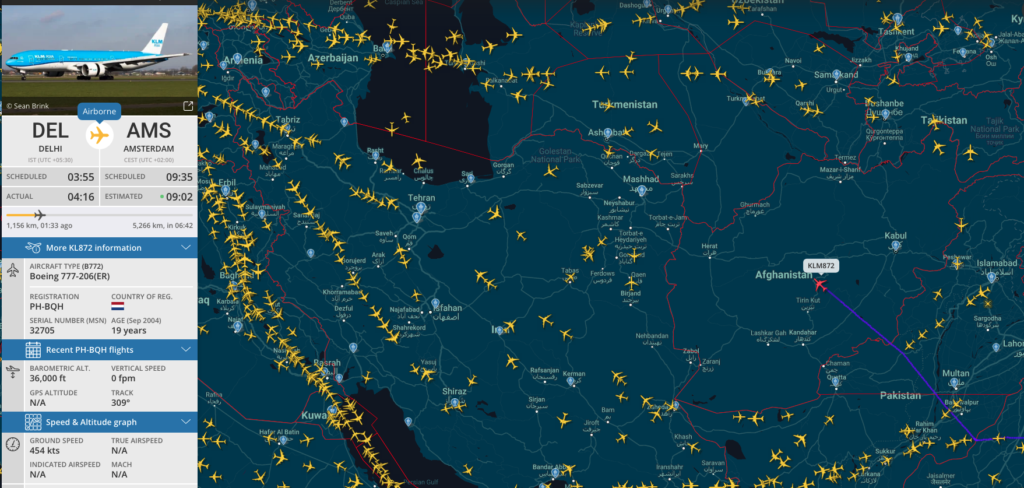
With major airlines now regularly overflying Afghanistan, the decision for GA/BA operators to do the same may be murkier than before.
Before You Go
Essentially you need to check three things:
- PPR. All operators need prior approval to enter the Kabul FIR with at least 72 hours’ notice. To get that, you need to email flightpermissions.acaa@gmail.com.
- Compliance with state-issued rules. Several states have long-term airspace warnings in place for Afghan airspace. US operators need to check the current SFAR (more on that below) and any applicable KICZ Notams.
- Insurance. Some providers will not cover extended flight through uncontrolled airspace with the risks that apply both in the air and on the ground in Afghanistan.
Overflight
The procedures to overfly the Kabul FIR have not changed – they’re found in a series of Notams recently republished and extended. We previously took a detailed look at those here.
For the purposes of this article, this is the highlight reel:
- Adjacent FIRs manage the flow in and out of the Kabul FIR and apply 15 minute spacing.
- Only some routes and levels are available.
- The entire Kabul FIR is uncontrolled, with TIBA procedures in effect.
- You can’t change speed or level once inside the Class G (except to avoid traffic or you have an emergency).
- ICAO contingency procedures apply if you need to descend in a hurry.
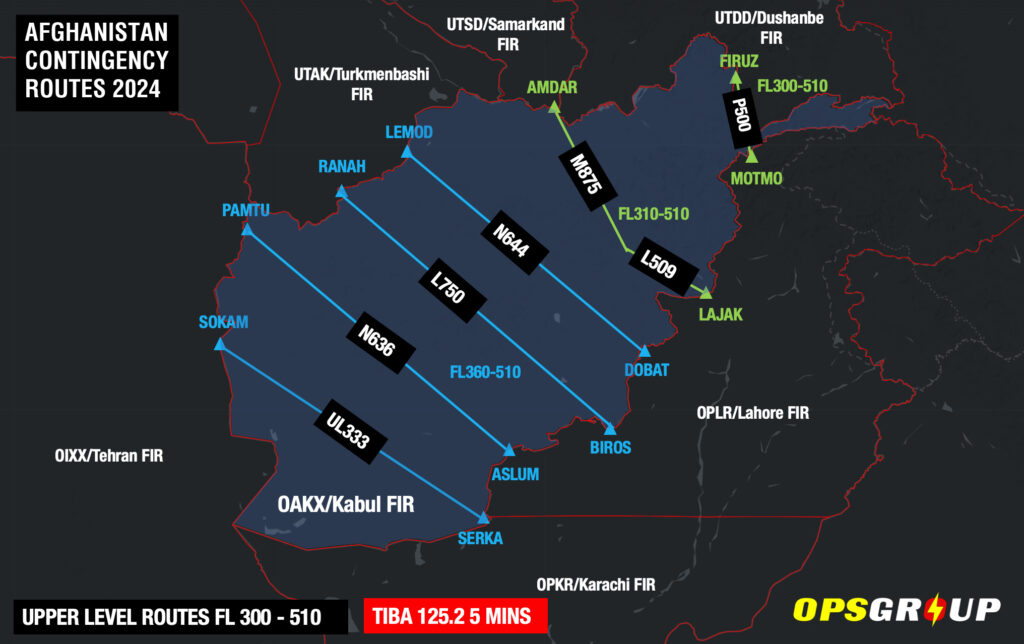
Unplanned Landings
For traffic deciding to overfly the Kabul FIR, it is critical to have contingency plans in place for a diversion.
For most operators, this would be to consider a landing at an Afghan airport a last resort (akin to a ditching in oceanic airspace).
Enroute planning should include ETP considerations for the most fuel critical scenario so that aircraft have enough on board to remain airborne and clear Afghan airspace before landing.
As such, be aware of westward diversions into Iran (the OIIX/Tehran FIR). US operators are currently banned from entering at any level due to high risk of misidentification, anti-aircraft fire and unannounced military activity. France, Germany, Canada and the UK also hold similar warnings.
On the Ground
If you do need to land in Afghanistan, welcome to the wild west.
OAKB/Kabul airport is your most likely target and there is no approach control, or tower service in use. As such, weather forecasting and Notams should be considered unreliable at best.
They do provide a phone number you can try and contact for the Kabul Notam Office, +93730006669. Failing that, try +93705769453.
As for crew/pax security, there is none. No country officially recognizes the Taliban as a legitimate government yet.
The Latest US Department of State Travel Advisory is stark – do not go there. If you do, you are at risk of wrongful detention, kidnapping and crime. There is no consular assistance available.
Updated FAA Airspace Warning
Another change to report.
On July 5, the US FAA (slightly) amended its airspace warning for Afghanistan.
US operators are still permitted to overfly the OAKX/Kabul FIR at FL320 or above but they can now use airways P500/G500 in the far east of the airspace as low as FL300.
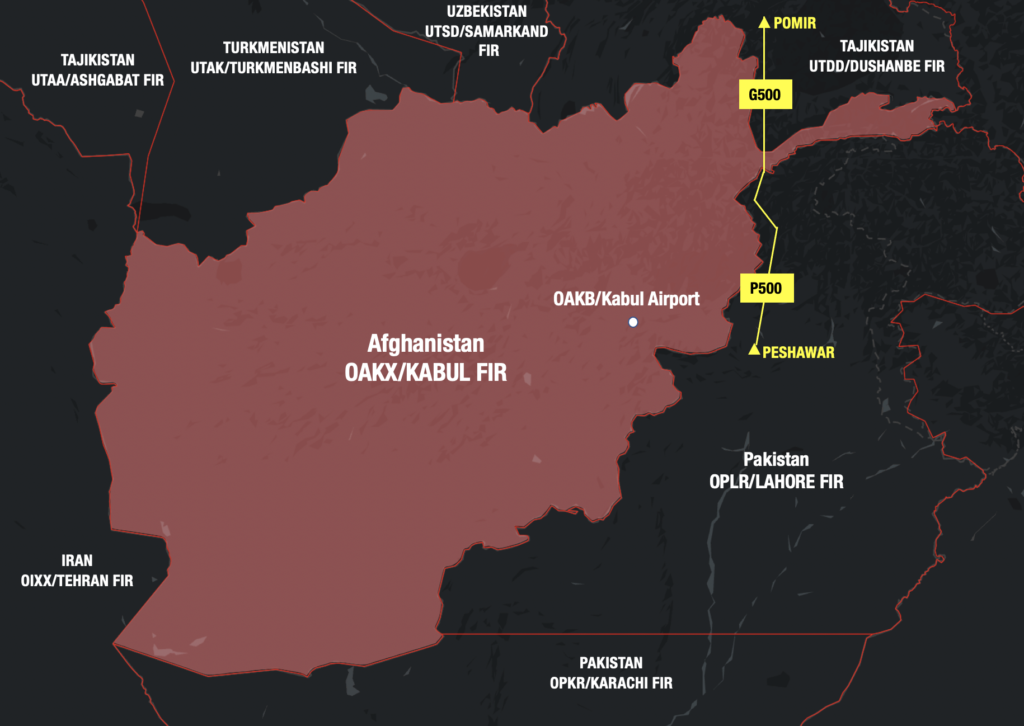
US operators can now use P500/G500 as low as FL300.
The FAA’s reason for the change: some operators were struggling to use these airways at higher levels. There have been no incidents here so far, and you don’t spend much time in Afghan airspace while transiting them.
You can view the updated SFAR here.
Our Pilot Report – here’s what we did …
There is a hefty dose of ‘at your own risk’ about all of this. The choice to overfly is not an easy one. To give you a much better idea of what to expect, here’s an OPSGROUP Team report from a recent flight over Afghanistan:
We operated through OAKX FIR on a EHAM/Amsterdam-WMSA/Kuala Lumpur flight
Overflight Permit: Getting the permit was relatively easy. We emailed flightpermissions.acaa@gmail.com (cc to flightpermission.atm@mota.gov.af) and received a response within 24 hours. They replied to us saying that to cross the airspace is charged a flat fee of $700 USD. You will need to fill out the form provided (this Excel document) and then forward that, plus copies of your Insurance, Airworthiness Certificate, and Aircraft Reg. If you are operating commercially, they also want your AOC. They ask for a minimum of 48 hours’ notice, although we put our application in a week in advance.
Insurance: Our insurance (like most) doesn’t allow operations within certain countries; however, they permit overflights on ATC-approved airways, and if you end up diverting due to an emergency, you are covered. We checked, and L750 was considered OK. Several air routes are “open.”
Routing: We had planned on L750, which runs from UTAV (Turkmenabat) to OPLR (Lahore). They also sent us the Kabul FIR Contingency Procedure document. The most important thing to read is the broadcast procedures since there is NO ATC service. The flight was very straightforward, and this route saved us a fair chunk of time and fuel.
ATC Comms: About 5 minutes before Kabul’s boundary, the UTAV controller asked us to “report ATC established with Kabul.” We tried calling Kabul on 125.2, knowing full well there was no ATC service. We told UTAV that we were going to continue TIBA procedures in Kabul FIR, and they told us, “Radar services terminated, frequency change approved. Good night.” All our external lights were switched on. We used Comm 2 as our TIBA box (125.2), Comm 1 stayed with the UTAV frequency, and Comm 3 (our data link was set to SAT) to monitor 121.5. Revise your TIBA calls; they suggest you broadcast them every 5 minutes. We used each fix, and it worked at about the right time.
Over Afghanistan: There was one aircraft departing OAKB/Kabul airport, a commercial jet on its way to Dubai, and aside from that, there was no one else. Up at FL450, we had a great view of the terrain – the word is “inhospitable.”

We could continue to hear UTAV on Comm 1 until about 15 minutes into Kabul when we switched to 124.1, the OPLR (Lahore) FIR frequency; about 15 minutes before we got to the boundary, we could hear calls from other aircraft. We had about 10 minutes of “dead” time on Comm 1.
I had an ETP using UTAV/Turkmenabat and OPIS/Islamabad and did not consider using any of the airports within Kabul FIR as available airports. This was treated just like a NOPAC or NAT crossing. There is nowhere to go, so if something eventful happens, you can keep going or turn back based on your ETP.
We checked in with Lahore about 10 minutes before reaching BIROS, and they told us to call overhead BIROS.
Key Points: It is relatively straightforward; brush up on the TIBA calls. There is more traffic nowadays as several airlines are using the routes for daytime flights, so it was a bit busier the last time I used it. However, at best, you will have a couple of airliners in the mid to high FL300s. There was no GPS Spoofing / Jamming or bad ATC, so I would use this route again, considering the other options in that region.
Let’s help crew make a more informed decision with more reports from other pilots.
You experience is invaluable – if you are overflying Afghanistan and have some operational advice, please share it with the group. You can reach us on team@ops.group, or file an Airport Spy report anonymously here.
More on the topic:
- More: Aug 2023: Who wants to overfly Afghanistan?
- More: Afghanistan Update – September 2021
- More: The India-Pakistan Conflict: Impact on Flight Operations
- More: Afghanistan: Do Not Fly
- More: FAA issues Emergency Order for Afghanistan (Updated)
More reading:
- Latest: More face scans at the US border for BizAv flights
- Latest: Greenland NAT Alternates: Dec 2025 Update
- Latest: Mexico Customs Surprises: Pills, Vapes, and Laptop Rules
- Safe Airspace: Risk Database
- Weekly Ops Bulletin: Subscribe
- Membership plans: Why join OPSGROUP?



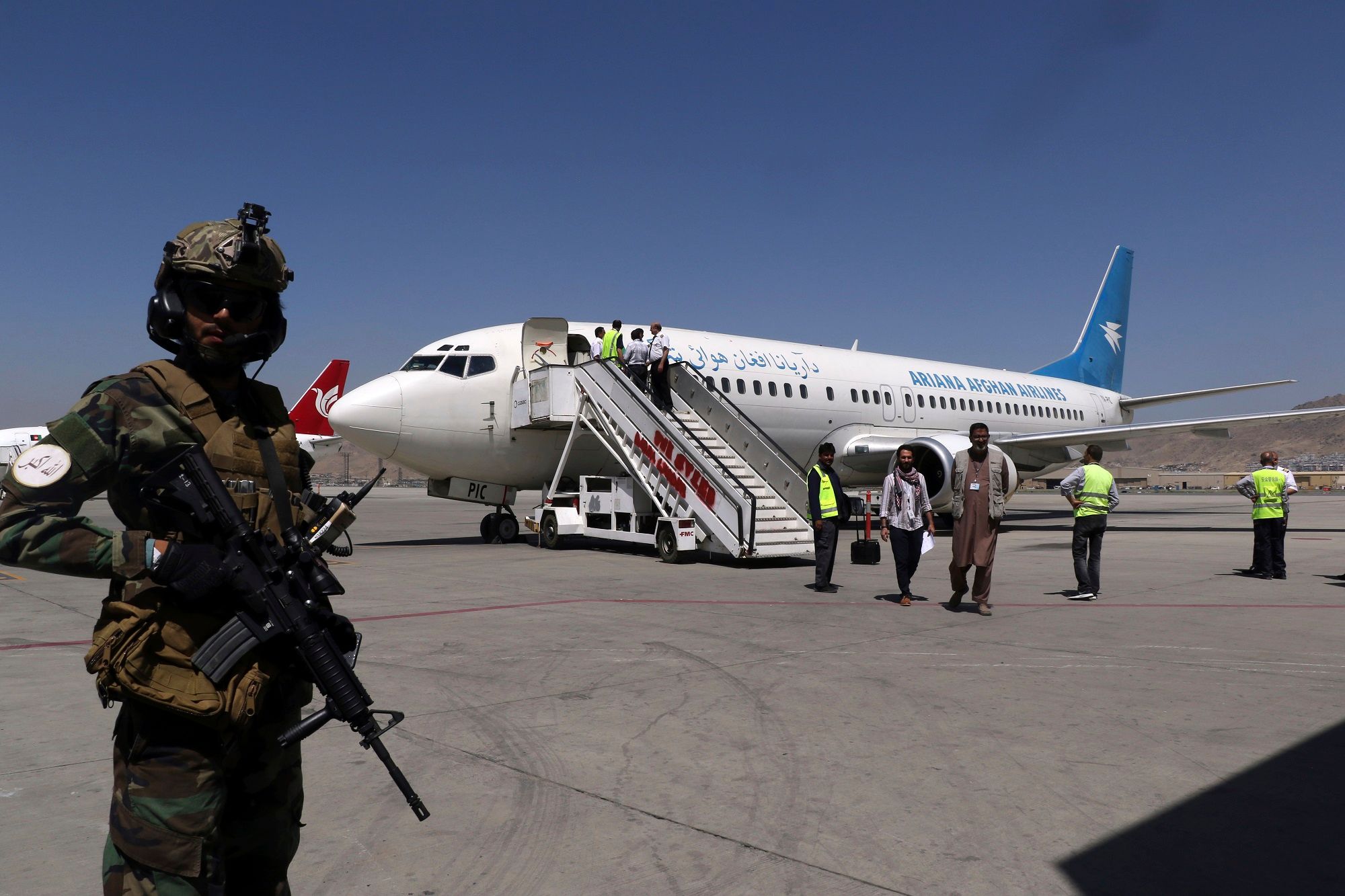
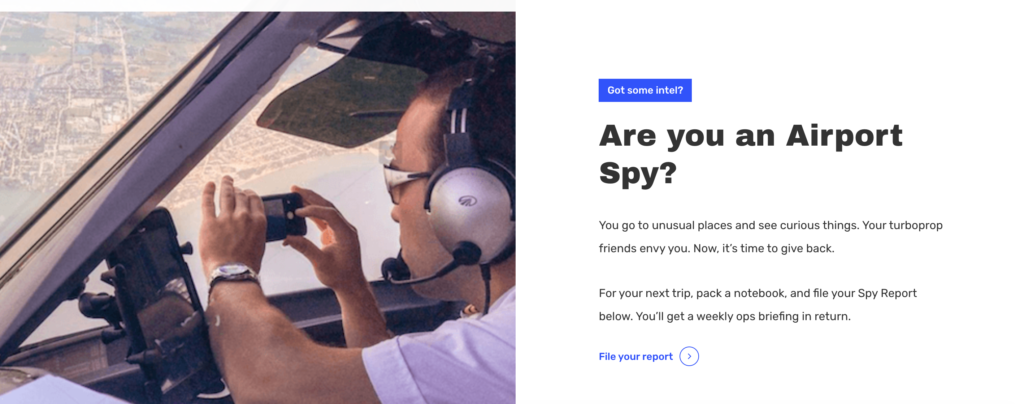







 Get the famous weekly
Get the famous weekly 





